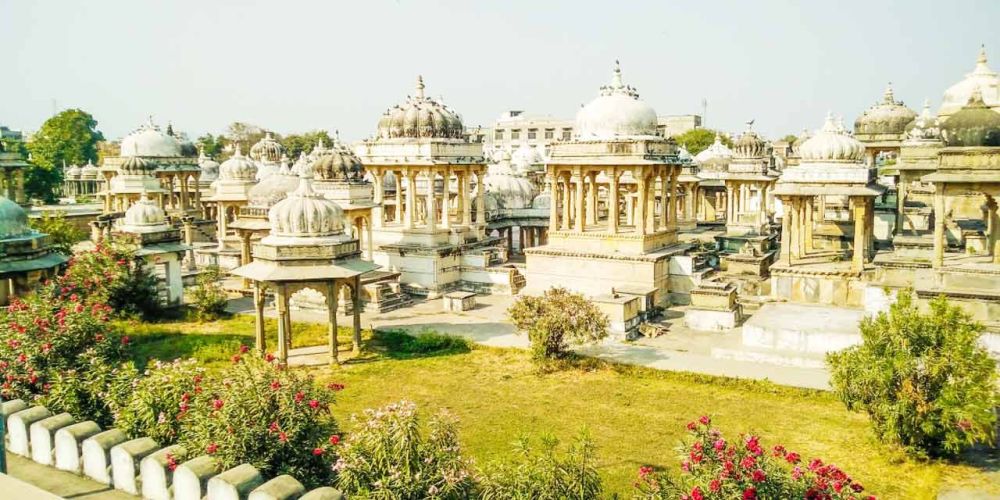

Ahar Cenotaphs, located about 2 km east of Udaipur in Rajasthan, India, hold a significant spot in the history of Udaipur's tourism map. Known for their architectural beauty and historical importance, these cenotaphs, also known as the Ahar Museum, have been a quiet but integral part of Udaipur’s rich heritage.
The Ahar Cenotaphs date back to around 400 years ago, serving as a royal cremation ground for the Maharajas and other members of the royal family of Mewar. With more than 250 cenotaphs of the Maharanas and queens of Mewar, Ahar offers a solemn glance at the region's regal past. The cenotaph of Maharana Amar Singh, who reigned from 1597 to 1620, is particularly noted for its intricate craftsmanship and is considered the most impressive among them.
Tourism at Ahar Cenotaphs started gaining traction as travelers began exploring beyond the palaces and lakes of Udaipur. Although not as popular as the Lake Palace or the City Palace, the Ahar Cenotaphs have been a point of interest for those keen on delving deeper into the history of the Mewar dynasty. Historically, the site hasn’t been heavily promoted as a tourist destination but rather has gained visitors due to its proximity to Udaipur and historical significance.
Ahar's primary allure lies in its serene ambiance, combined with the intricate carvings and detailed architecture of the cenotaphs. Each cenotaph serves as a storytelling monument, signifying the grandeur of the era and the nobles it commemorates. In addition, the Ahar Museum, part of the Ahar Cenotaphs complex, offers a glimpse into archaeological finds dating back to the 10th century. The museum showcases an excellent collection of rare artifacts, including earthen pots, iron objects and other historical remnants uncovered from excavation sites.
For tourists, visiting the Ahar Cenotaphs has become a way to step away from the bustling city life and immerse themselves in the quiet reflection of Udaipur’s history. With increased global interest in cultural and heritage tourism, Ahar has seen a gradual rise in visitors seeking authentic experiences. The cenotaphs’ proximity to the city makes them an easily accessible spot for a short visit.
The latest trend in tourism in Udaipur, and by extension at the Ahar Cenotaphs, is the drive towards sustainable and responsible tourism. Visitors are becoming more environmentally conscious and seek to preserve the sites they visit. The Rajasthan government has also been promoting such initiatives to ensure the sustainable development of tourism while preserving its heritage sites.
With ongoing efforts from the state’s tourism department, Ahar Cenotaphs have begun to gain well-deserved recognition. Investment in infrastructure around Ahar, improved visitor facilities, and the inclusion of the site on cultural heritage tours has been part of the ongoing strategy to elevate its status within Rajasthan’s array of attractions.
To truly appreciate the Ahar Cenotaphs, visitors should approach the site with respect for its historical significance and a desire to learn about the royal lineage and the customs that have shaped the region. As the world looks more favorably upon experiential travel, it is places like the Ahar Cenotaphs that stand to gain prominence among discerning tourists.